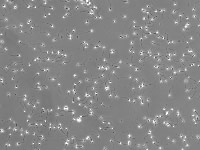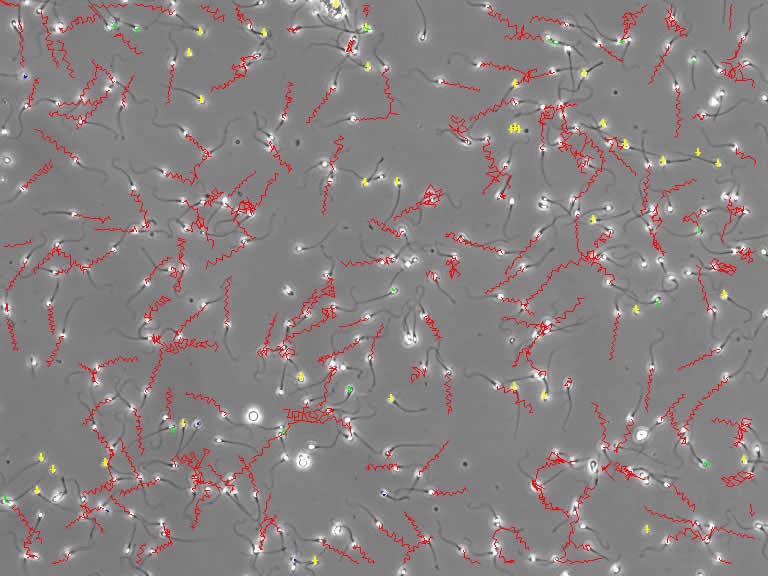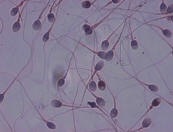Semen analysis
The semen analysis is a series of tests of the biological properties of the semen. The parameters recorded are sperm volume ( milliliter), concentration (millions per milliliter), mobility (speed and direction of movement) and sperm morphology (shapes). These tests must be performed on fresh semen, i.e. within one hour of ejaculation.
Instruction for sampling
Once ejaculated, sperm cells become particularly vulnerable to any external influence. It is therefore important that precise sampling conditions are respected. We mention a few points that are easy to remember:
- Sexual abstinence of at least 48 hours (2 days) is recommended. If it is too short, the volume and concentration of sperm are reduced. However, when it exceeds 7 days, mobility is reduced.
- A preliminary soap washing of the hands and penis is recommended. The sample can only be obtained by masturbation.
- The complete ejaculate must be collected. In case of loss of part of the sample, do not forget to notify the laboratory
Measured parameters
 The examination of the sperm is performed in a specialized laboratory. Among the elements analyzed, three parameters directly concern sperm cells: concentration, mobility and morphology. Other parameters are also measured in the seminal fluid such as volume, pH, viscosity, color and odor. Spermatozoa are observed using a phase contrast microscope. The spermatozoon head appears as a small light sphere and the flagellum as a dark filament.
The examination of the sperm is performed in a specialized laboratory. Among the elements analyzed, three parameters directly concern sperm cells: concentration, mobility and morphology. Other parameters are also measured in the seminal fluid such as volume, pH, viscosity, color and odor. Spermatozoa are observed using a phase contrast microscope. The spermatozoon head appears as a small light sphere and the flagellum as a dark filament.
Concentration
Sperm concentration is expressed in millions of sperm per milliliter. The reference value defined by the World Health Organization (WHO, 1999) is 20 million/ml. It is important to know that the concentration of sperm can vary significantly within the same individual. In a study conducted over two years in the same individual, the concentration ranged from 170 million/ml to less than 5 million/ml.
Sperm motility
Sperm mobility is achieved by the movement of the flagellum. According to the WHO, sperm mobility is divided into four classes:
- Rapidly progressing sperm cells (≥25 µm/sec)
- Slowly progressing spermatozoa (8-25 m/sec)
- Mobile but non progressive spermatozoa (
- Static sperm cells

Computer programs have been developed to more accurately calculate sperm velocity. These devices, known by the acronym CASA (Computer Assisted Sperm Analyzer) are able to identify each sperm and track its movement. The path traveled is then represented on the screen by a line whose color depends on the speed.
Sperm morphology

The morphology (shape) of sperm is estimated after staining and examination at high magnification (1000x). As the assessment of the shape is subjective, strict assessment criteria have been introduced in recent years. CASA systems are now able to analyze the image of sperm and extract morphometric values (length, width, perimeter, etc.).
